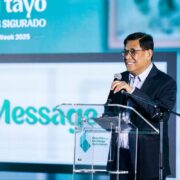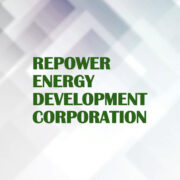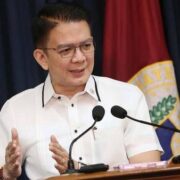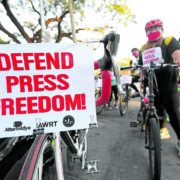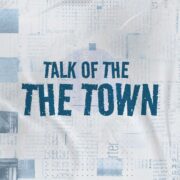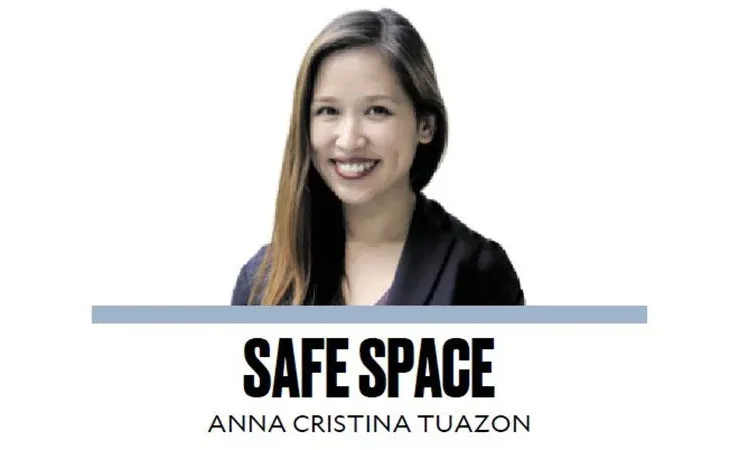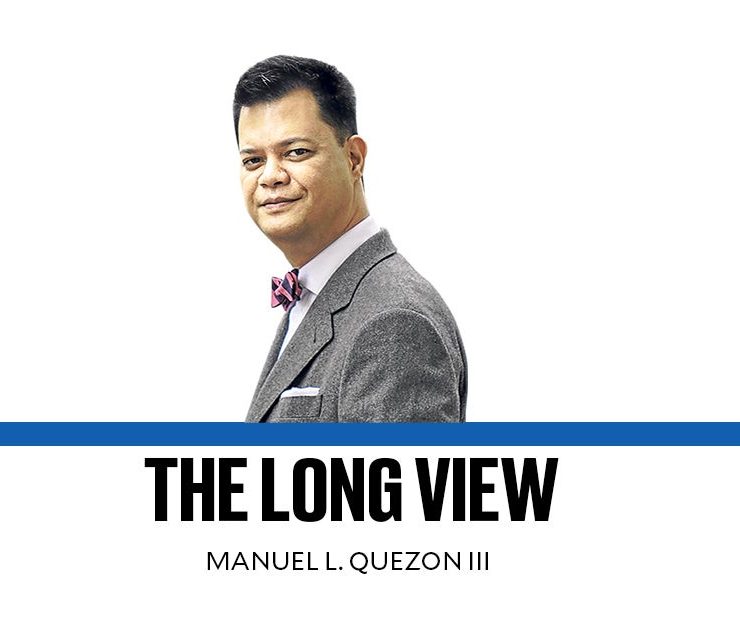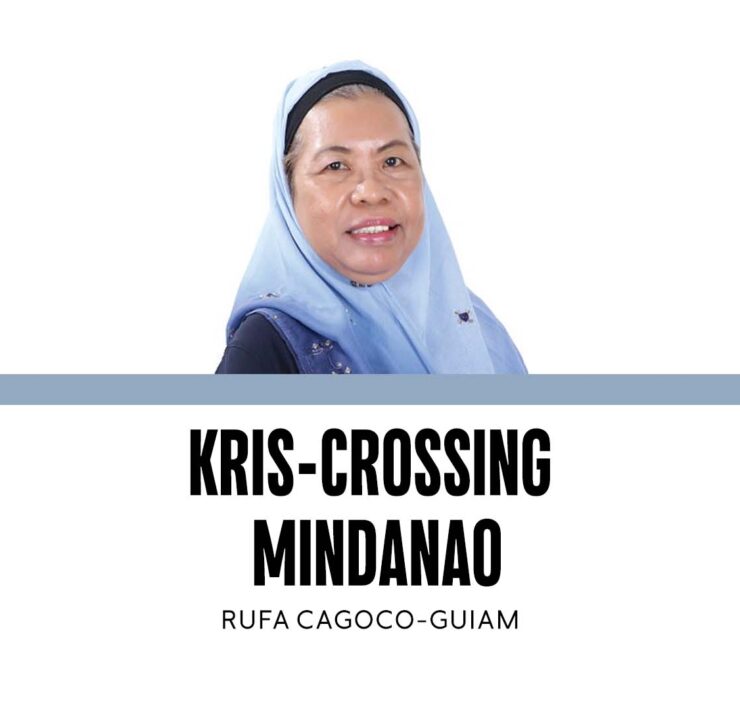Poverty is about the family

The survey question about Self-Rated Poverty (SRP), as implemented by Social Weather Stations (SWS), refers to the poverty of the entire family, not the poverty of any single family member. The phrasing of the question, and the show card accompanying it, are given in every SRP report, the latest one being: “First Quarter 2025 Social Weather Survey: Self-Rated Poverty (SRP) at 50 percent on April 23-28, 2025; Borderline at 8 percent, Not Poor at 42 percent.” (www.sws.org.ph, 6/7/25)
The respondent for the SRP question, and other questions pertaining to the family as a group, is the household head (HHH), or family spokesperson. A standard quarterly Social Weather survey has two respondents, with corresponding questionnaires. One respondent is the HHH; the second is a randomly chosen adult (called PR, for Probability Respondent), who answers questions about her/his personal opinion and circumstances. It is the PR who answers questions about voting and satisfaction with government officials. The HHH and the PR are sometimes the same person, especially in small households.
This year, SWS did monthly surveys oriented towards the election race, sponsored by Stratbase Consultancy, all using PRs. By arrangement with Stratbase, the Self-Rated Poverty question was also asked of their PRs. This explains why the new SRP report has data for five points in time, namely January (50 percent), February (51 percent), March (52 percent), April 11-15 (55 percent) and April 23-28 (50 percent), i.e., with two rounds in April.
The report states: “The SWS survey question about Self-Rated Poverty was directed to household heads from July 1985 to April 23-28, 2025, and to registered voters from January 2025 to April 11-15, 2025.” This means that the first four survey rounds of 2025 served the double purpose of asking the PRs: (a) their voting intentions, and (b) their rating of their families on the Not-Poor/Borderline/Poor show card.
Self-Rated Poverty in 2025, thus far, is below that of 2024. In 2024, the SRP average for four quarters, with standard HHH-respondents, was 57 percent (see Table 1 of the report). In 2025, it averaged 52 percent from January to early April, with the PRs of the Stratbase surveys. Most recently, SRP became 50 percent in late April, using standard HHH-respondents again.
This series suggests to me that the significant drop from 2024 to 2025 (thus far) was not merely due to the change in respondents from HHHs to PRs. In any case, the use of PRs was temporary, to provide a look at poverty while we were very busy with the election season.
The Not-Poor are a record-high, and the Borderline are a record-low. For me, the most remarkable new development is the increase of those who identify as Hindi Mahirap to a new high of 42 percent, and the steady reduction of those identifying as Borderline, to merely 8 percent now.
This is a trend that was already somewhat visible by mid-2024. Even if the poor are still a regrettable 50 percent now, it is far better that other families are divided 42-8, rather than divided 25-25, into Not Poor and Borderline!
The Not-Poor are now a strong majority in the National Capital Region (60 percent), and a bare majority in Balance Luzon (51 percent). Mindanao (29 percent) has overtaken the Visayas (24 percent). Borderline families have fallen to single digits everywhere, except Mindanao (10 percent). Improvement in economic well-being may be seen, not only in avoidance of poverty, but also in distancing from it.
The Not-Food-Poor are a majority 51 percent, and those who are Food-Borderline are a record-low 7 percent. These are very favorable developments, even if the Food-Poor are still a relatively high 41 percent. Being able to move from precarious Food Borderline to relatively secure Not-Food-Poor is a very welcome change.
The Not-Food-Poor are quite dominant in NCR (64 percent) and Balance Luzon (61 percent). The Food-Borderline percentages are quite low in NCR (5), Balance Luzon (5), and Mindanao (7), and relatively low in the Visayas (13).
The value of monitoring poverty by self-ratings is that survey numbers are rapid, regular, and realistic. The April 2025 median poverty thresholds (what half of the self-rated poor say they need in order not to be poor) for the monthly home budget are P20,000 in NCR, P12,000 in Balance Luzon, and P10,000 in both Visayas and Mindanao. The median poverty gaps (what half of the self-rated poor say they lack for the monthly home budget) are P5,000 in all four study areas.
The new SRP report has the counterpart poverty thresholds and poverty gaps for food-poverty for each area. For the Philippines as a whole, the median monthly food threshold is P6,000 and the median monthly food gap is P2,500, among self-rated food-poor families.
There are costs of earning that should be added to the cost of living. Not included in the above self-rated minimum needs are the family’s monthly expenses for transportation to work and school (national median, P2,000), internet (P800), and mobile phone load (P400). These are also in the new SRP report.
Dr Mahar Mangahas is a multi-awarded scholar for his pioneering work in public opinion research in the Philippines and in South East Asia. He founded the now familiar entity, “Social Weather Stations” (SWS) which has been doing public opinion research since 1985 and which has become increasingly influential, nay indispensable, in the conduct of Philippine political life and policy. SWS has been serving the country and policymakers as an independent and timely source of pertinent and credible data on Philippine economic, social and political landscape.

